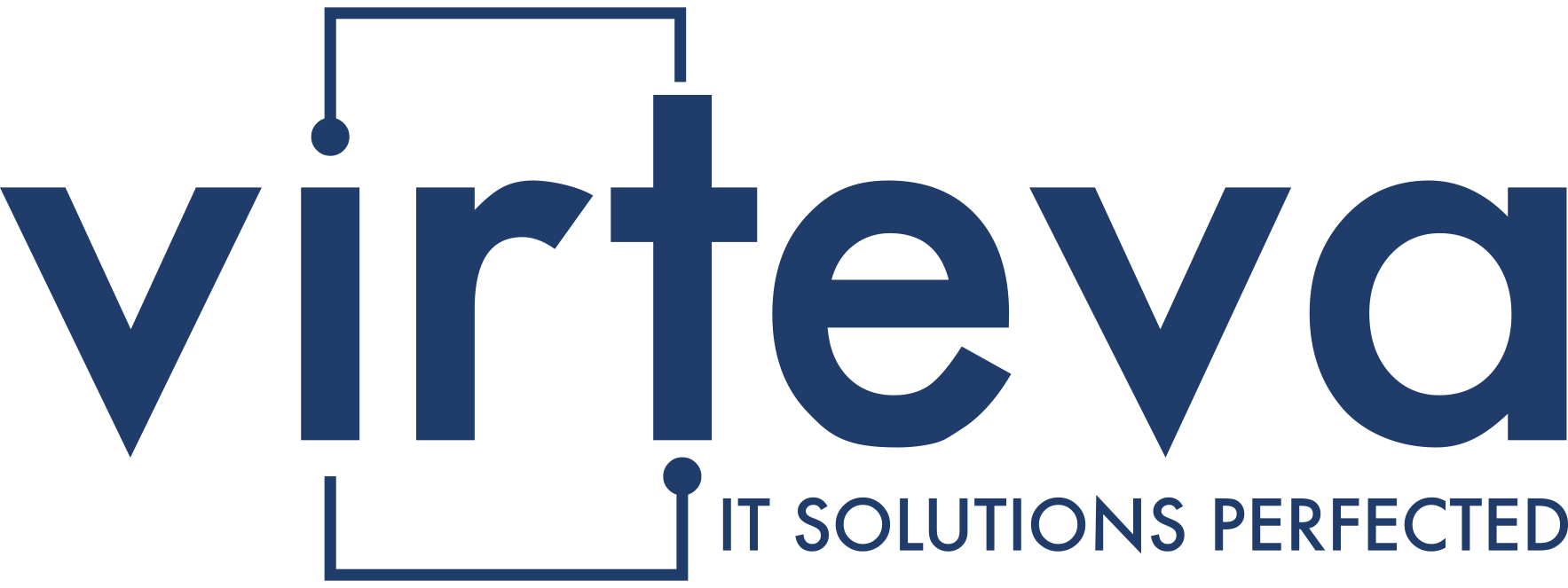Are you actively involved in ensuring your organization’s cyber security? Then you might be privy to shadow IT. So, what is shadow IT in cyber security?
Shadow IT encompasses all the technologies, platforms, applications, and devices employees use outside their employer or IT department’s control and knowledge.
Despite your role as an IT professional, your goal is to consolidate organizational systems to help employees stay productive and collaborate effectively. But with the high prevalence of shadow IT, this is easier said than done.
G2 Track reports that 80% of workers admit to using SaaS applications at work without getting approval from IT. Meanwhile, 35% of the workforce confess working around their employers’ security policies to fulfill their job responsibilities.
These statistics point to the need for CTOs, CIOs, and other IT professionals to execute foolproof mechanisms to address the potential risks of shadow IT to businesses and employees.
The best way to counter the risks of shadow IT is to hire a reliable managed IT services provider (MSP).
Read on to learn more about shadow IT in cyber security, explore three examples of shadow IT, and understand how an MSP can help mitigate your organization’s shadow IT risks.
Understanding Shadow IT in Cyber Security
The question: “What is shadow IT in cyber security” raises many concerns regarding company-provided tools to help employees accomplish their respective tasks.
Just to reiterate, “shadow IT” includes the information technology systems, projects, or programs used without the central IT department’s knowledge or approval.
The existence of shadow IT does not denote companies’ inability to provide their employees with comprehensive, easy-to-use infrastructure to help them perform their duties hassle-free. However, the high prevalence of shadow IT implies that it offers many organizations and employees compelling benefits.
In most cases, employees swear by specific best-in-breed SaaS applications that help them deliver in their respective roles effectively. Given the high-level consumerization of information technologies, employees will readily adopt tools they deem vital to improving their service delivery.
While these tools might be helpful and seem harmless, they potentially pose wide-ranging cyber security risks. This exposure to cyber threats explains why identity security is a big priority, especially in enterprises housing or servicing sensitive data.
The surge of SaaS applications due to modern disruptive IT innovations has intensified the prevalence and implementation of shadow IT. This trend is increasing since cloud-based infrastructure helps developers easily create and distribute powerful applications. In addition, some SaaS tools are free or offer trial versions, improving their accessibility and appeal.
3 Examples of Shadow IT Hiding in Plain Sight
Shadow IT is not a new kid on the block. Its use is a longstanding practice that continually informs how companies and employees get things done.
Shadow IT takes wide-ranging forms. It comprises well-known tools, apps, and software that security and IT professionals are aware of but object to their usage on company networks and devices.
Employees using shadow IT install or use the hardware on company-owned devices like flash drives. However, most contemporary forms of shadow IT exist as Infrastructure as a Service (IaaS), Platform as a Service (PaaS), and Software as a Service (SaaS) services. Thus, making them easy to execute without the IT departments’ awareness.
Below are the three significant examples of shadow IT:
Network Files and Application Management Tools
Peer-to-peer file-sharing platforms like OneDrive™, DropBox®, and GoogleDrive™, are most professionals’ go-to solutions when sharing files that are too big for email. In the same light, task management tools like Click-Up, Trello, and Slack help professionals streamline workflows. However, these tools potentially expose company information beyond organizational security protocols.
Third-Party SaaS, PaaS, and IaaS Applications Outside the IT Department’s Control
Individuals and departments use numerous forms of third-party SaaS, PaaS, and IaaS applications that are beyond the knowledge and control of the IT department.
Bring-Your-Own-Device Practices
Many organizations allow their workforce to connect personal devices like tablets, laptops, and smartphones. This provides a risk of exposure to cyber security risks.
Employees primarily use shadow IT without any bad intentions. While at it, they are unaware of the security review underlying the selection and approval of specific applications and devices. By adopting new technologies, they unknowingly expose their organizations to varied cyber security risks.
How Can a Reliable MSP Mitigate Shadow IT Risks?
While shadow IT improves employee collaboration, efficiency, and productivity, it is also associated with various cyber security threats.
The most notable risks of shadow IT include the following:
- Lack of visibility and control: Company IT departments are unaware of the shadow IT used in their networks; hence don’t incorporate them into their cyber security solutions. As a result, security vulnerabilities, policy breaches, and misconfigurations remain undetected, exacerbating exposure to cyber security threats.
- Data Loss: As expected with shadow IT, files and data stored in the participants’ accounts remain inaccessible to other employees in the organization. If employees with company information are terminated, they might hold the information and keep it away from the organization.
- System Inefficiencies: The use of shadow IT renders data reporting analysis and reporting inconsistent, inaccurate, and incomplete. By eroding the quality of data-produced insights, shadow IT evokes organization compliance issues that culminate into system inefficiencies.
A reliable MSP can help organizations mitigate shadow IT risks. Experienced MSPs have the requisite expertise to manage the multi-faceted realities of shadow IT.
Your MSP will do the following to keep your organization safe from shadow IT risks:
- Offer End-User Training: Your MSP will enlighten your workforce on cloud security and work solutions with a greater focus on compliance issues, downtime, and data breaches.
- Planned Audit: Your MSP will schedule routine audits to inspect your premises, application and hardware usage, and network maps.
- Suspicious Connections Monitoring: Your MSP will diligently track all incoming connections to establish connections from bring-your-own devices.
- Portable Device Management: Your MSP will execute portable device management practices to determine the presence of unapproved and unexpected data flows. Instead of blocking unpermitted applications, your MSP will perform a security review and incorporate safe and tested tools to meet your employees’ needs.
Why Choose Virteva Managed Services?
Virteva is a reliable MSP provider. We offer industry-leading Microsoft Cloud solutions, 24×7 IT solutions, and Advisory Services. We help your organization stay efficient, productive, competitive, and safe from cybersecurity threats.
Virteva is a Microsoft Gold Cloud Solutions Partner and ServiceNow Elite partner. As a reputable MSP provider, we are SOC2 compliant, so don’t hesitate to secure your customers’ data with us.
Looking to hire a reputable MSP in and around Minnesota? Don’t look any further than Virteva.
Contact us today or call us at 888-829-5511 to schedule a free assessment.




